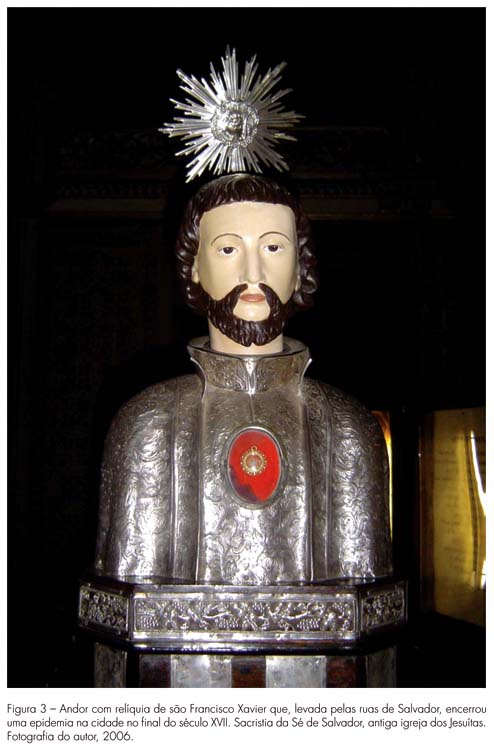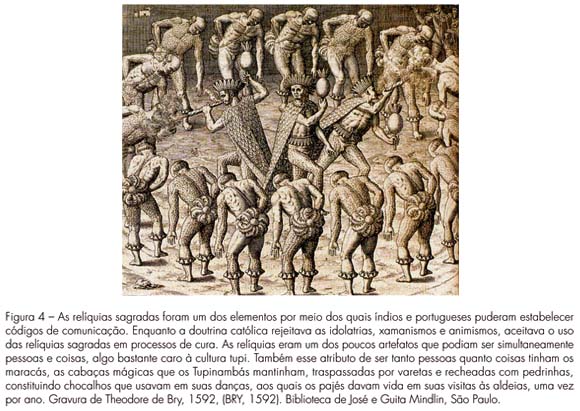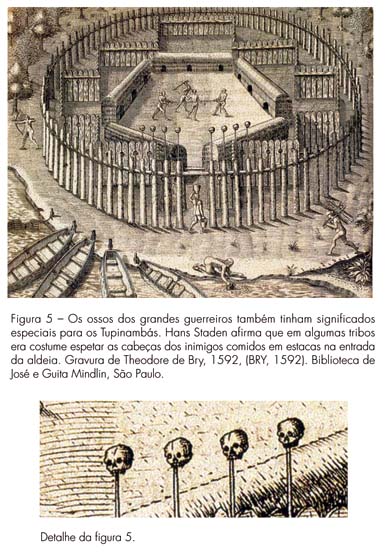This paper looks into a strategy devised to promote the expansion of Christianity across the territory of Portuguese America in the first two centuries of occupation, namely the use of holy relics - i.e. the remains of saints, particularly their bones, as well as artifacts once touched by the saints. Because most of these relics were simultaneously endowed with the qualities of sacredness and mobility, serving as portable repositories for the history and memory of Catholicism, they assumed a critical role as agents for duplicating the Christian domain in America. By drawing on documental evidence from both sides of the Iberian Atlantic, the paper investigates the processes of discovery, transfer and production of holy relics, revealing their key role in efforts to structure a new Christian domain. Furthermore, it shows that holy relics were objects around which missionaries and American Indians established a field of translation and dialogue, carrying on the arduous task of recognizing and appropriating the other, on both fronts: the Catholic and the Amerindian.
Portuguese colonization; Portuguese America; Relics; Christianity






